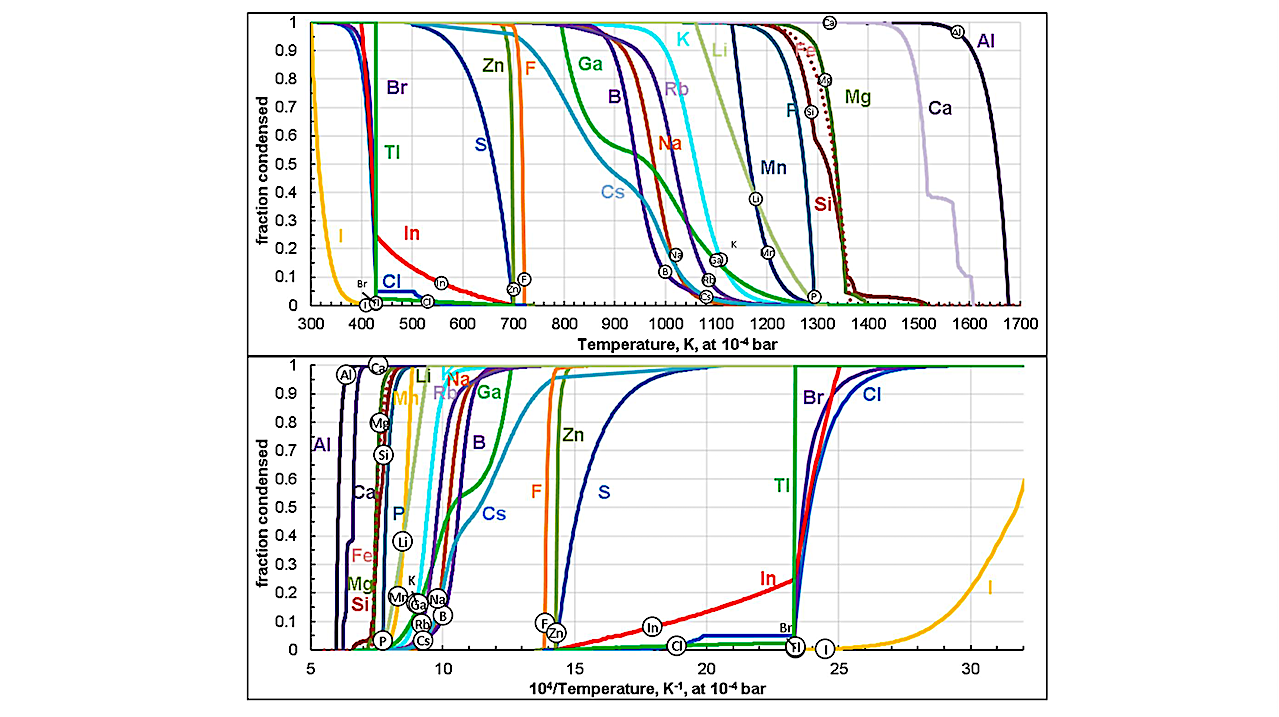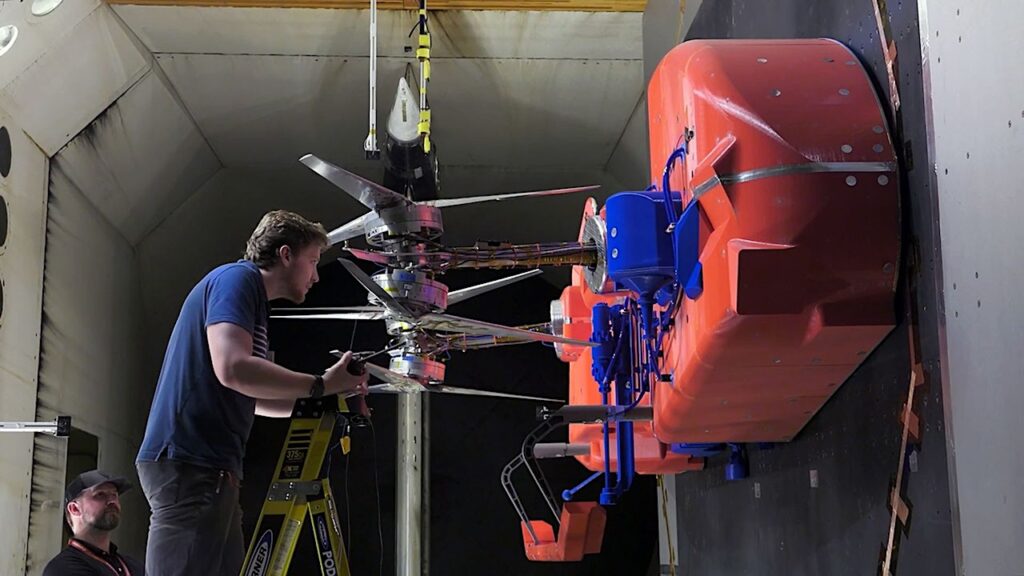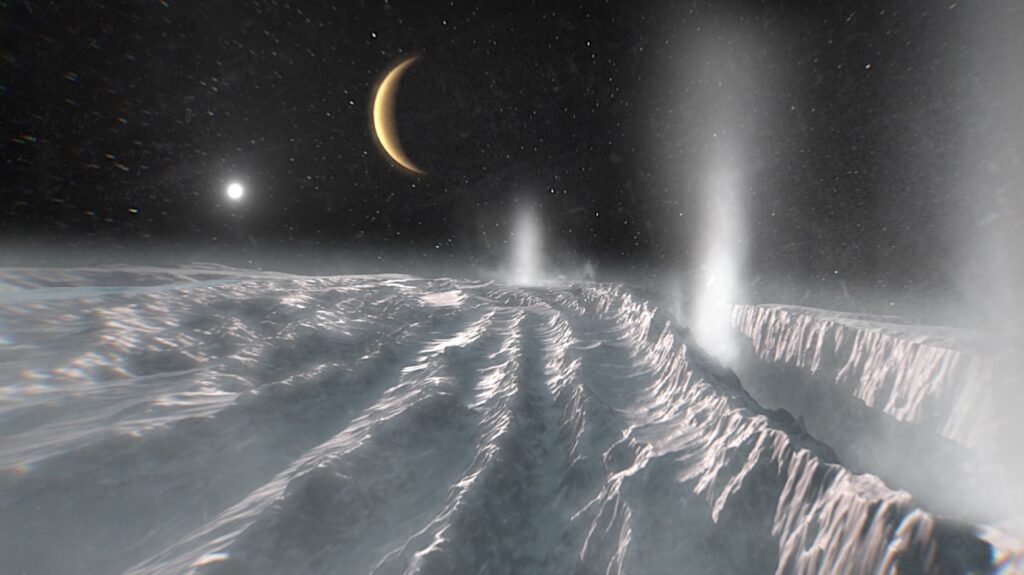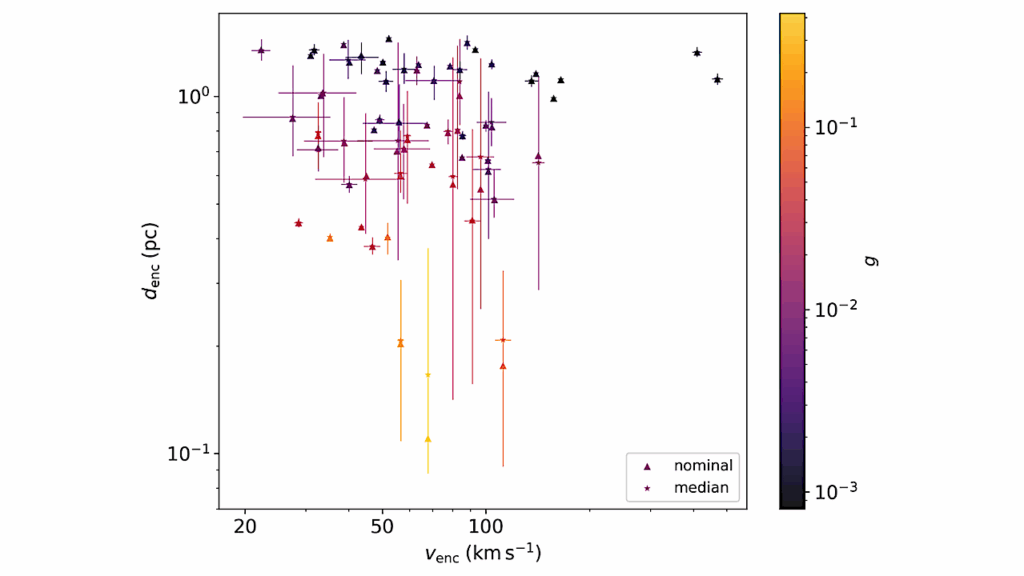Condensation and the Volatility Trend of the Earth

This article describes condensation of the elements and use of condensation temperatures (Tcond) to interpret the volatility trend of the Earth.
Major points are: (1) a listing of updated 50% Tcond for all natural elements and Pu at 1e-2 to 1e-8 bar pressure for solar composition matter.
(2) The Tcond are mainly controlled by the Gibbs energy of condensation reactions and also by the Gibbs energy of ideal mixing if elements (compounds) condense in a solution. The Gibbs energy change of non-ideal solution (activity coefficients not equal to 1) is a secondary effect.
(3) The theoretically correct relationship between Tcond and fraction condensed is derived from mass balance and chemical thermodynamic considerations.
(4) The maximum amount of element condensed per 1/T, is at the inflection point in the logistic (sigmoid) curve for an element, which is also at (or close to) the 50% Tcond.
(5) Plots of normalized elemental abundances versus 50% Tcond (volatility trends) are qualitative indicators of elemental fractionations due to volatility.
(6) Volatility trend plots for average elemental abundances in CM, CO, CV, CR, H, L, LL, EH, EL chondrites show different trends for moderately and highly volatile elements, which may be linear, curved, a step function, or plateau. Comparison of three abundance sets for CM and CV chondrites shows trends depend on which elements are plotted, which data sources are used, and which temperature range is considered.
(7) Proposed mechanisms for volatile element depletion in carbonaceous chondrites and the Earth are reviewed.
(8) Possible implications of volatile element abundances in the bulk silicate Earth are discussed.
Katharina Lodders, Bruce Fegley, Klaus Mezger, Denton Ebel
Comments: 50 pages, 1 table, 15 figures. Preprint submitted to Space Science Reviews October 2024
Subjects: Earth and Planetary Astrophysics (astro-ph.EP); Geophysics (physics.geo-ph)
Cite as: arXiv:2411.01362 [astro-ph.EP] (or arXiv:2411.01362v1 [astro-ph.EP] for this version)
https://doi.org/10.48550/arXiv.2411.01362
Focus to learn more
Submission history
From: Katharina Lodders
[v1] Sat, 2 Nov 2024 21:10:07 UTC (1,704 KB)
https://arxiv.org/abs/2411.01362
Astrobiology








